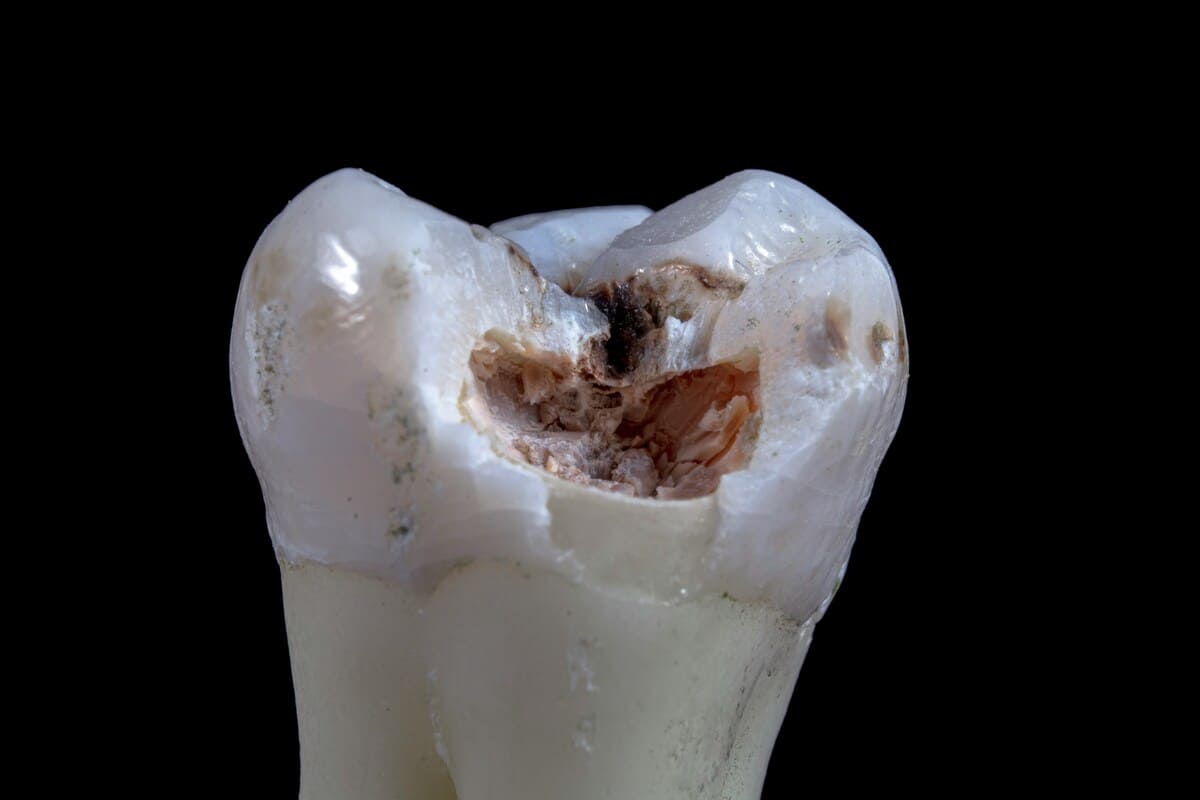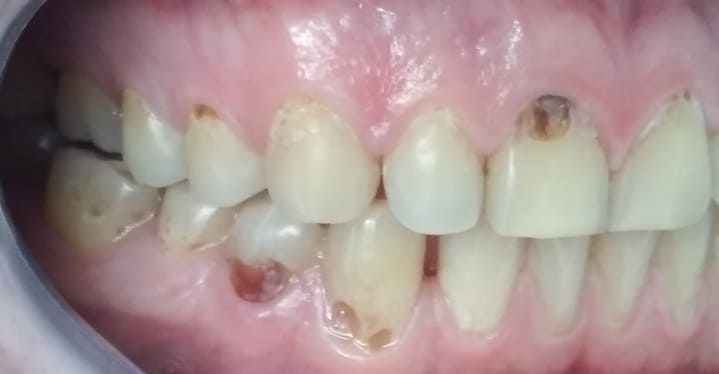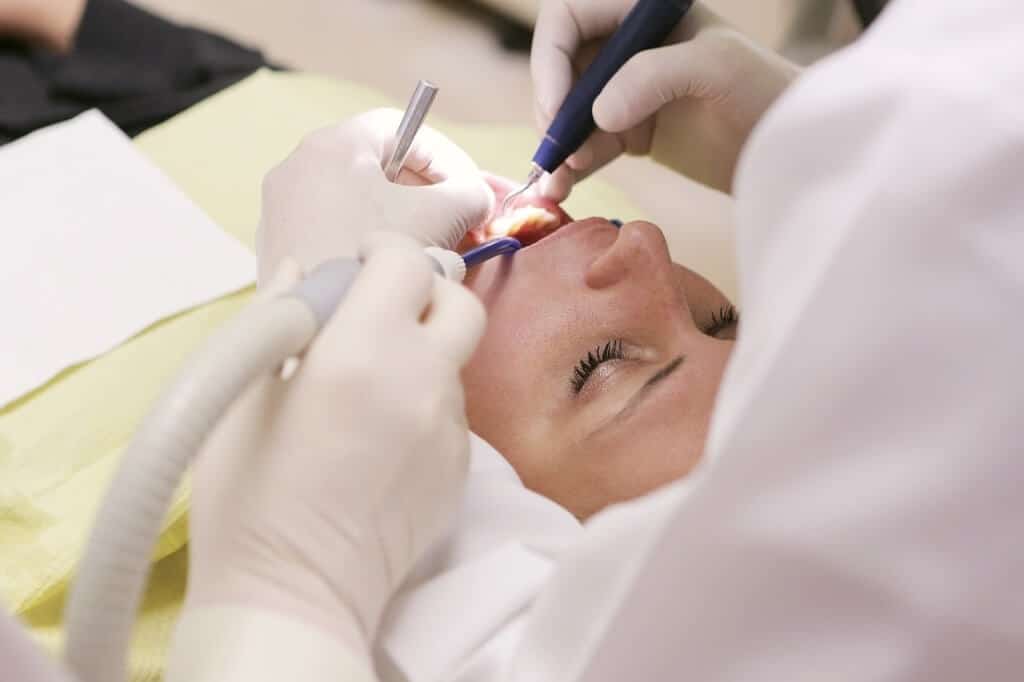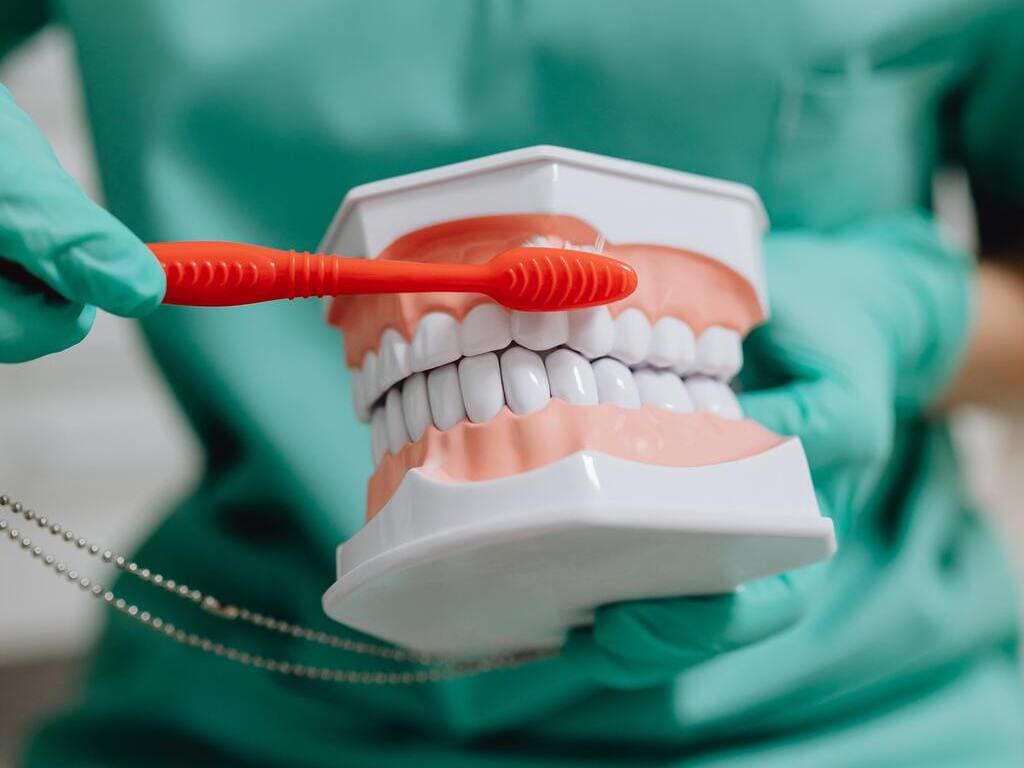Tooth decay s is the main enemy of dentists and is a disease that according to WHO article affects 2 billion people in their permanent teeth and 520 million children have cavities in their baby teeth.
That is to say, it is very prevalent and needs to be prevented to improve the health and quality of life of humanity.

Table of Content
Key Takeaways
- Tooth decay is a very common disease but it is highly preventable through excellent oral health care.
- Hygiene, good nutrition (low in sugar) and regular visits to your dentist are the keys to avoiding dental caries
- At first, cavities are not even visible to the naked eye, only your dentist can detect it, so you should visit him at least twice a year.
- The more time passes, the larger the cavity becomes and therefore more complex to treat.
What is Tooth Decay?
Tooth decay occurs when germs (bacteria) accumulate in the mouth and promote the production of dental plaque.
Dental plaque is a substance made up of bacteria (which is why it is also called bacterial plaque). It is transparent and has a sticky consistency, and this consistency allows it to adhere to the surface of the teeth.
Bacterial plaque feeds on the sugars contained in the food or drinks we consume.
From these sugars, bacterial plaque produces acids which are what over time destroy our teeth through a demineralization process.
This destruction of the tissues of our teeth is what is known as dental caries.
During its existence and growth, and if not treated properly, tooth decay can cause pain, infection and tooth loss.

Signs of Tooth Decay
The main indicators of tooth decay are the following:
- Stains on the Teeth: believe it or not, cavities begin as white spots and then grow darker. The areas most susceptible to the appearance of tooth decay are the chewing surfaces of the molars and the faces adjacent to neighboring teeth.
- Pain in or Around the Mouth: By damaging the surface of the teeth, caries invades internal areas that are very sensitive, causing discomfort and inconvenience both in the tooth that suffers it and in its surroundings and even beyond
- Difficulty Biting: This is a sign derived from the previous point. The very pain in the affected teeth makes them painful to bite on.
- Sensitivity to Heat, Cold or Sweets: Due to the exposure of the most internal and sensitive regions of the tooth, any change in temperature or intrusion of food into the cavity generated by tooth decay causes sensitivity, discomfort and dental pain.
- Bad Breath: Foul odor on the breath can be caused by infection that can cause cavities as well as the remains of rotten food that can remain inside the cavity.
- Food Frequently Caught Between Teeth: As I already mentioned, cavities form cavities in the teeth that are a favorable space for remains of the food we chew to remain trapped. This point is very important because that food is a breeding ground for more bacteria that accelerate the growth process of dental caries.

What to do Against Tooth Decay?
- Visit the Dentist Regularly: There are several paths that you must travel, the most important is that of dental prevention so that you are not affected by cavities or any other dental disease. One of the best ways to protect your mouth is to visit the dentist regularly. Most oral health conditions are largely preventable and treatable in their early stages. A regular check-up allows the dentist to discover any dental problem and eliminate it through a dental cleaning any plaque buildup that, if left untreated, can lead to cavities or gum disease
- Avoid High Sugar Diets: As you read at the beginning, sugar is the “fuel” of dental plaque, so avoiding it is a wise strategy. Follow a well-balanced, low-sugar diet. Sugar is the leading cause of tooth decay, which is the most common health condition worldwide.
- Brush Your Teeth For Two Minutes: Brush at least twice a day with a fluoride toothpaste, thus removing food debris and dental plaque. Here you will find our complete article with dental hygiene instructions there We touch on brushing issues and all the practices that will help you have excellent oral hygiene so that visiting the dentist is just a matter of prevention and not of complex treatments.
Conclusions
Tooth decay is one of the diseases that affects the largest population in the world and that with proper dental hygiene practices is more than preventable.
Help us by sharing this article so that your loved ones can also benefit from this information that we share with you with much appreciation.





